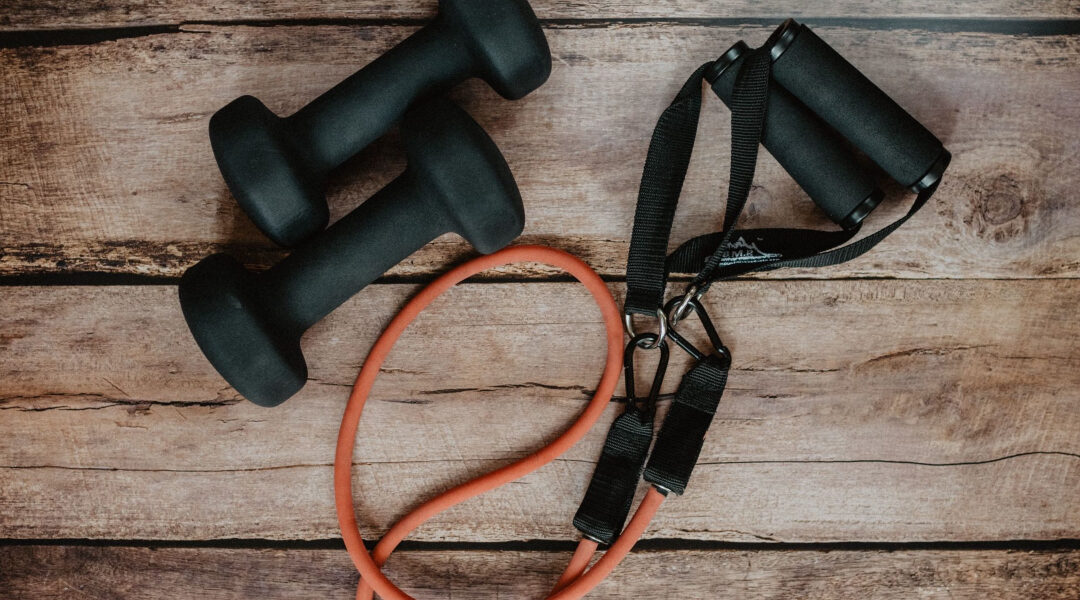Maintaining good health and aging gracefully are universal goals, and science is constantly uncovering new ways to achieve them. One key player in this pursuit is Sirtuin 1, or SIRT1, a remarkable protein that plays a crucial role in regulating metabolism and defending our bodies against age-related ailments. Exercise has long been touted as a means to enhance our health, and recent research delves into how it may influence SIRT1.
SIRT1 is part of the sirtuin family of enzymes, which are often referred to as the body’s “watchmen” and “stress sensors.” These enzymes act as histone deacetylases, modulating various proteins to ensure proper cell function, energy production, and DNA protection. To function effectively, SIRT1 relies on nicotinamide adenine dinucleotide (NAD+), a molecule central to metabolism and redox pathways.
The importance of SIRT1 extends to its deacetylation of critical transcription factors and proteins, including AMP-activated protein kinase (AMPK), peroxisome proliferator-activated receptors (PPARs), and nuclear factor erythroid 2–related factor 2 (Nrf2). SIRT1’s activity influences energy balance, lipid metabolism, mitochondrial function, immune regulation, and even DNA repair and cell survival.
Aging often brings a decline in SIRT1 levels, along with disruptions in NAD+ and circadian rhythms. These factors are linked to a range of age-related disorders. Studies in mice have shown that boosting SIRT1 activity through NAD+ supplementation can improve physical function, stem cell regeneration, and even extend lifespan. Similarly, in humans, aerobic exercise has been found to increase SIRT1 levels, enhance antioxidant capacity, and reduce cell senescence.
So, how does exercise trigger this beneficial SIRT1 response? When you engage in high-intensity exercise, your body’s energy demands increase, causing a rise in the ratio of AMP to ATP. This ratio activates AMPK, which, in turn, stimulates glucose uptake and fatty acid oxidation, leading to higher NAD+ levels—an essential fuel for SIRT1. Additionally, exercise generates reactive oxygen species (ROS), such as hydrogen peroxide (H2O2), which can activate AMPK and further boost NAD+ levels. However, excessive ROS can also hinder SIRT1 activity.
Exercise also produces DNA damage, which activates other enzymes like poly ADP ribose polymerases (PARPs) that consume NAD+ and compete with SIRT1. The interplay between these factors makes the SIRT1 response to exercise a complex process, influenced by exercise intensity, type, and duration.
To delve deeper into this phenomenon, researchers conducted a systematic review and meta-analysis of studies examining SIRT1 responses to exercise in healthy individuals. They included 34 studies, divided into single-bout exercises and training interventions, and categorized them based on tissue sample type (blood or muscle), biomarkers (gene expression, protein content, enzyme levels, enzyme activity), and exercise protocols.
Their findings revealed that a single bout of high-intensity exercise or fasting led to an increase in skeletal muscle SIRT1 gene expression. Repeated resistance training alone increased blood SIRT1 levels, while a limited number of studies showed potential muscle SIRT1 activity enhancement.
However, when it came to SIRT1 protein content in muscle after exercise training, the results were inconclusive. More studies are needed to clarify this aspect. Additionally, the meta-analysis suggested that measuring SIRT1 activity, rather than expression or protein content, could provide valuable insights into the SIRT1 response to exercise.
Overall, this study emphasizes the potential benefits of exercise in enhancing SIRT1 levels acutely and chronically, offering a promising avenue for improving health and longevity. The intensity, type, and feeding status during exercise may be tailored to optimize these benefits.
As we seek ways to unlock the secrets of healthy aging, exercise, and its relationship with SIRT1, continue to intrigue scientists and offer hope for a brighter, healthier future. So, lace up your sneakers, hit the gym, and let your body tap into the incredible potential of SIRT1 through the power of exercise. Your path to better health begins with every step you take.

